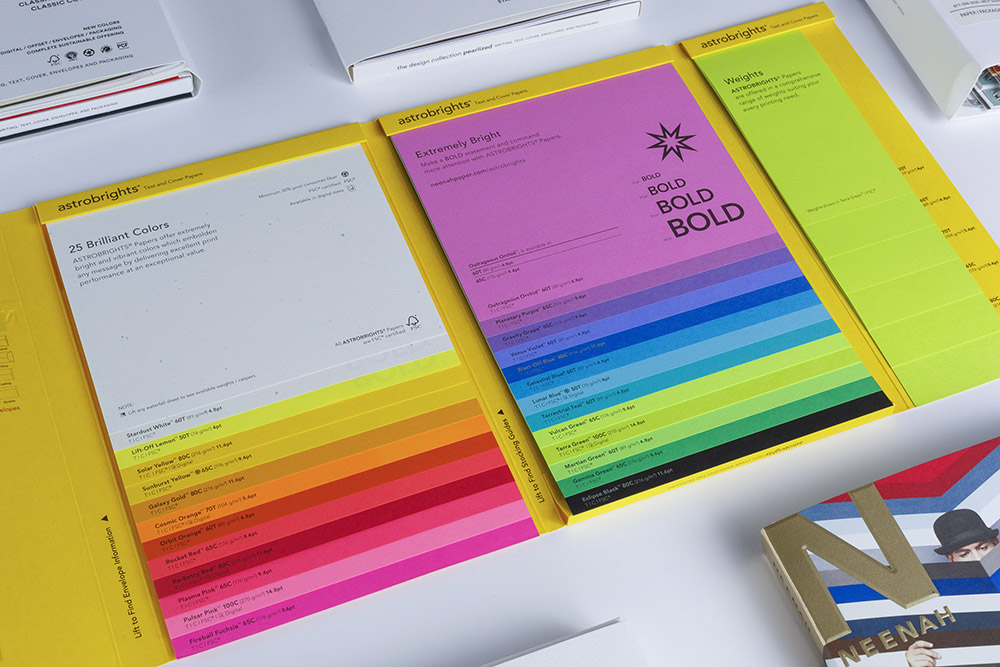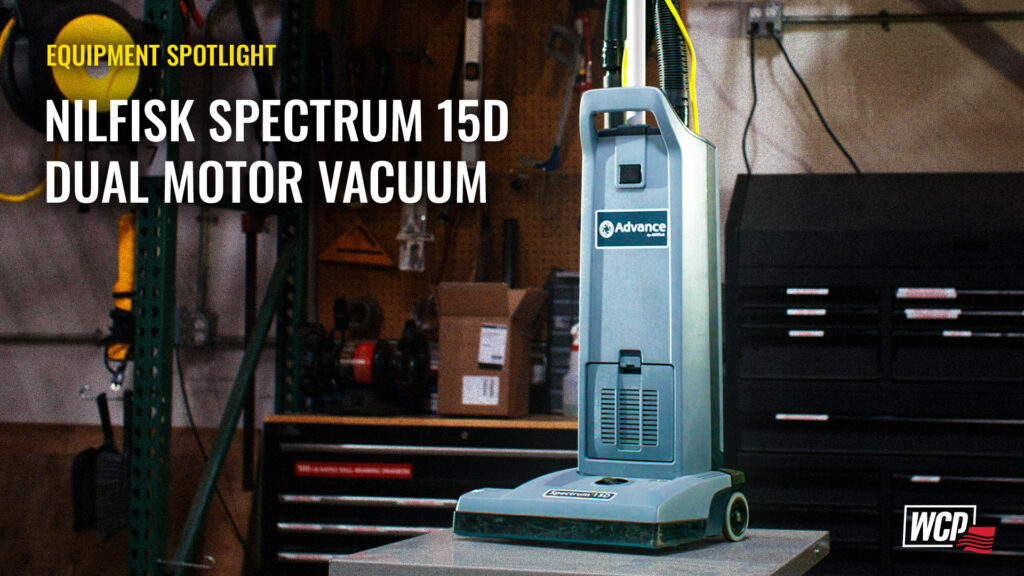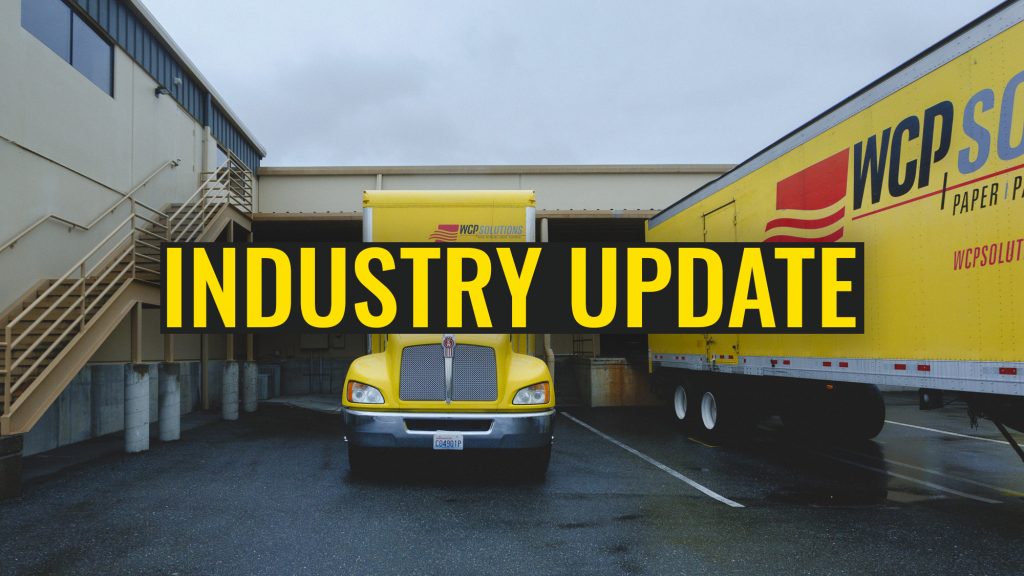Paper 101: Introduction to Printing Paper Types and Sizes
The world of paper can often be a daunting endeavor to dive into. You might be asking what type of paper do I need for my business? What sizes? What finishes, coated or uncoated? You might need specific types of paper for a special project, whether it be for a brochure, a postcard or a poster, different papers serve different purposes. Today we are diving into some of the things you need to know about printing paper to get started on your next project.
What are the different types of paper available?
From writing papers, text and cover papers, and board, there are endless options available. Here is a quick rundown of different types of paper carried by WCP and what you might use each one for:
- Writing Papers – These types of paper are commonly used for letterhead and communication documents and are usually offered in white and off-white shades. Writing papers can range from smooth to embossed finishes and come in several weights including 20 lb., 24lb., and 28lb. depending on what you’ll be using them for.
- Text and Cover Papers – These come in a large variety of colors, textures, and finishes. Text paper, often called book paper, is used primarily for the inside of a booklet or manuscript and is generally lighter weight including 50 lb., 60 lb., and 70 lb options. Cover papers are thicker and as the name implies, are typically used for the cover of documents and booklets. These can come in weights such as 100 lb., 110 lb., 130lb., and 170 lb. sheets.
- Index and Tag Papers – Index Paper is a stiff, inexpensive paper with a smooth finish often used for business reply cards. Tag Paper is a utility-grade paper often used for price tags on clothing and retail signs. It’s thicker and more durable with strong performance qualities.
- Vellum Bristol – Vellum paper is considered a fine quality paper with a light textured finish that helps dry media grab onto the paper.
- Board – Often known as paperboard, this material is thicker than regular paper and is used for its rigid nature and the ability to be able to fold it. It can be cut easily and holds up well to use, yet is still fairly lightweight. Board papers are often used for retail packaging such as the box your favorite smartphone comes in.
- Bond – Bond paper is mainly used for electronic printing in office copy machines and printers. It is traditionally a durable and lightweight sheet and the most common types of Bond paper is found in offices and break rooms. Many general use copy papers are considered a bond grade.
- Coated vs. Uncoated – Paper often comes in either a coated sheet or an uncoated sheet option and the difference between the two is just as it sounds, in the coating. Coated paper has a coating on it so that it’s “sealed.” Uncoated paper doesn’t have a coating and in turn is porous, meaning the ink or anything printed on the sheet soaks into the sheet a bit more than in a coated version of the same sheet of paper.
Source: https://paper.domtar.com/blog/coated-vs-uncoated-paper-when-to-use-which
Source: https://www.neenahpaper.com/resources/paper-101/types-of-paper
Source: https://www.lifewire.com/bond-paper-definition-and-examples-1078255
Source: https://en.wikipedia.org/wiki/Paperboard
What are the typical paper sizes?
Paper comes in a lot of different sizes. From small to large, sheets of paper can be used for a number of different types of projects and size is often the most important factor in which paper you select.
Here are some of the most common sizes that paper is sold in the United States:
- Letter – 8.5” x 11”
- Legal – 8.5” x 14”
- Tabloid – 11” x 17”
- Digital Sizes – 12” x 18”, 13” x 19”, or 14” x 20”
Source: https://simple.wikipedia.org/wiki/Paper_size
Here are some of the most common sizes for Parent Sheet and Folio:
- 17.5” x 22.5”
- 20” x 26”
- 25” x 38”
- 19” x 25”
- 23” x 35”
- 28” x 40”
What Product is Right for Your Project?
Even with all of the introductory information above, a paper choice can be a complicated endeavor if you’re not sure what you need. Our Paper Specialists and Account Managers at WCP are here to help. We welcome you to visit one of our paper sample departments at our Portland and Seattle locations in-person to see the wide range of options we offer. Reach out to us with any questions you have regarding what paper is right for you and your next project.


